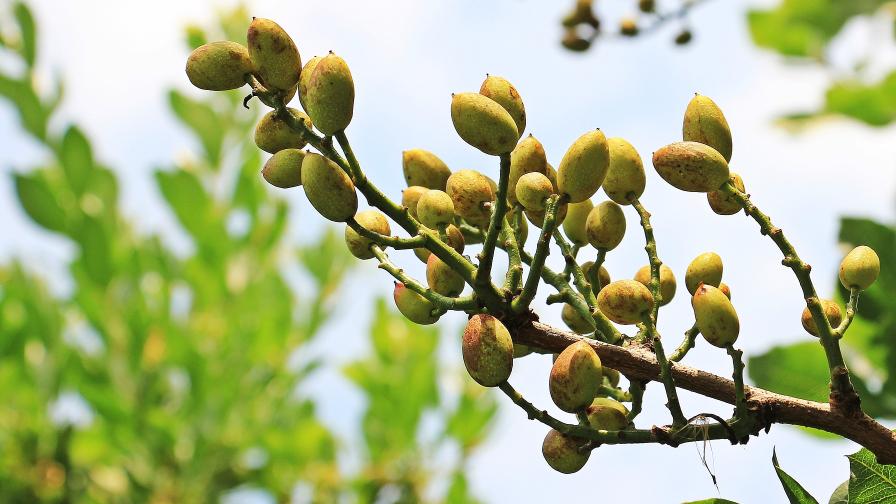Resources To Help Implement IPM In Vineyards
Can you afford not to implement integrated pest management (IPM)? Before answering this question, it is important to agree on the definition of IPM. The definition I use is that IPM is everything. While this is a very strong statement, it starts to ring true when you examine how every decision made in a vineyard operation affects the pest management portion of the program. Decisions affecting pest management start as early as site selection, variety selection, and the training systems to be used.
Using the definition that IPM is everything, it is easy to answer “no” to the question, “Can you afford not to implement IPM?” The good news is, there are various resources available, and even more currently being developed, to assist grape growers in implementing IPM.
Understanding Lifecycles
Knowing the lifecycle of a pest, and the conditions that favor its development, are key components in developing a vineyard IPM strategy. A good starting point would be the New York State IPM Fact Sheets for Grapes series: www.nysipm.cornell.edu/factsheets/grapes/default.asp.
Weather Watch
While you can’t control the weather, the Network for Environment and Weather Applications (NEWA) provides you with free access to weather stations across New York State, as well as some surrounding states. NEWA collects temperature, rainfall, leaf wetness, and relative humidity data for use in disease and insect models to provide the grape industry near real-time information on what could be happening in the vineyard: www.newa.cornell.edu.
Videos
A picture is worth a thousand words, and the Production and Pest Management videos found on YouTube provide a look at how scouting operations are conducted, as well as many more vineyard production practices. This is an excellent tool to learn more about a production practice before implementing it in the vineyard: www.youtube.com/LERGPvids
Product Knowledge
Knowing the latest in materials, IPM practices, and variety susceptibility for specific diseases, copper, and sulfur is the best way to plan a vineyard IPM strategy. The New York & Pennsylvania Pest Management Guidelines for Grapes provides information on a product’s mode of action to assist in planning a resistance management strategy. The New York and Pennsylvania Pest Management Guidelines for Grapes is updated annually by research and Extension staff from Cornell and Penn State Universities: http://ipmguidelines.org/grapes/default.asp
Production Information
The 2010 Production Guide for Organic Grapes is not just for those who are looking at the organic grape market. The guide, funded in part by NYS Ag & Markets, contains information that should be of interest to anyone growing grapes in the Northeastern U.S.: www.nysipm.cornell.edu/organic_guide/grapes.pdf.
Economic Worksheets
Check out the Lake Erie Regional Grape Program website for economic worksheets developed as companion pieces for the production videos found on YouTube. These worksheets provide the means to compare costs between production practices currently in use in a vineyard, proposed production practices, and the actual cost of implementing the practice: http://lergp.cce.cornell.edu.
A Little Bit Of Everything
The Cornell Fruit Resources for Grape home page provides links to a little bit of everything needed to develop a vineyard IPM strategy, from an Interactive NY Vineyard Site Evaluation System to articles on management of disease or insect pests: www.fruit.cornell.edu/grapes.html
Recordkeeping
TracGrape Software is designed specifically for grapegrowers to record pest management applications on a block by block basis and develop the paperwork necessary to keep reporting agencies and processors happy. It is available from the New York State IPM Program: www.nysipm.cornell.edu/trac
Get The Facts
Grape IPM in the Northeast is a collection of information on developing and implementing a vineyard IPM strategy. Pertinent fact sheets and bulletins can be found in one stop by going to: www.nysipm.cornell.edu/publications/grapeman/default.asp.









